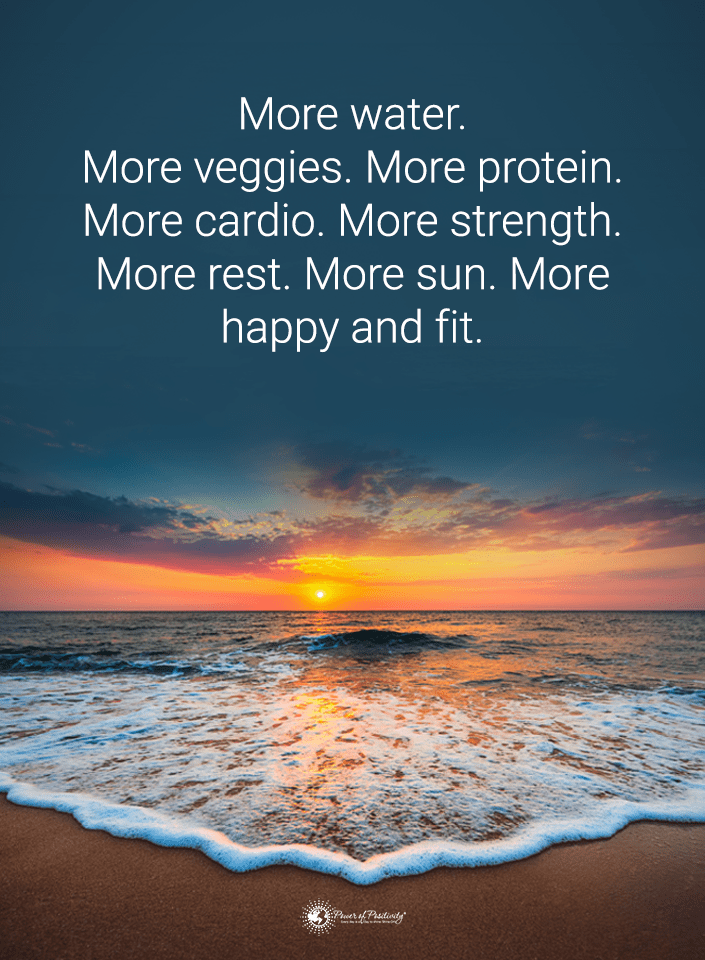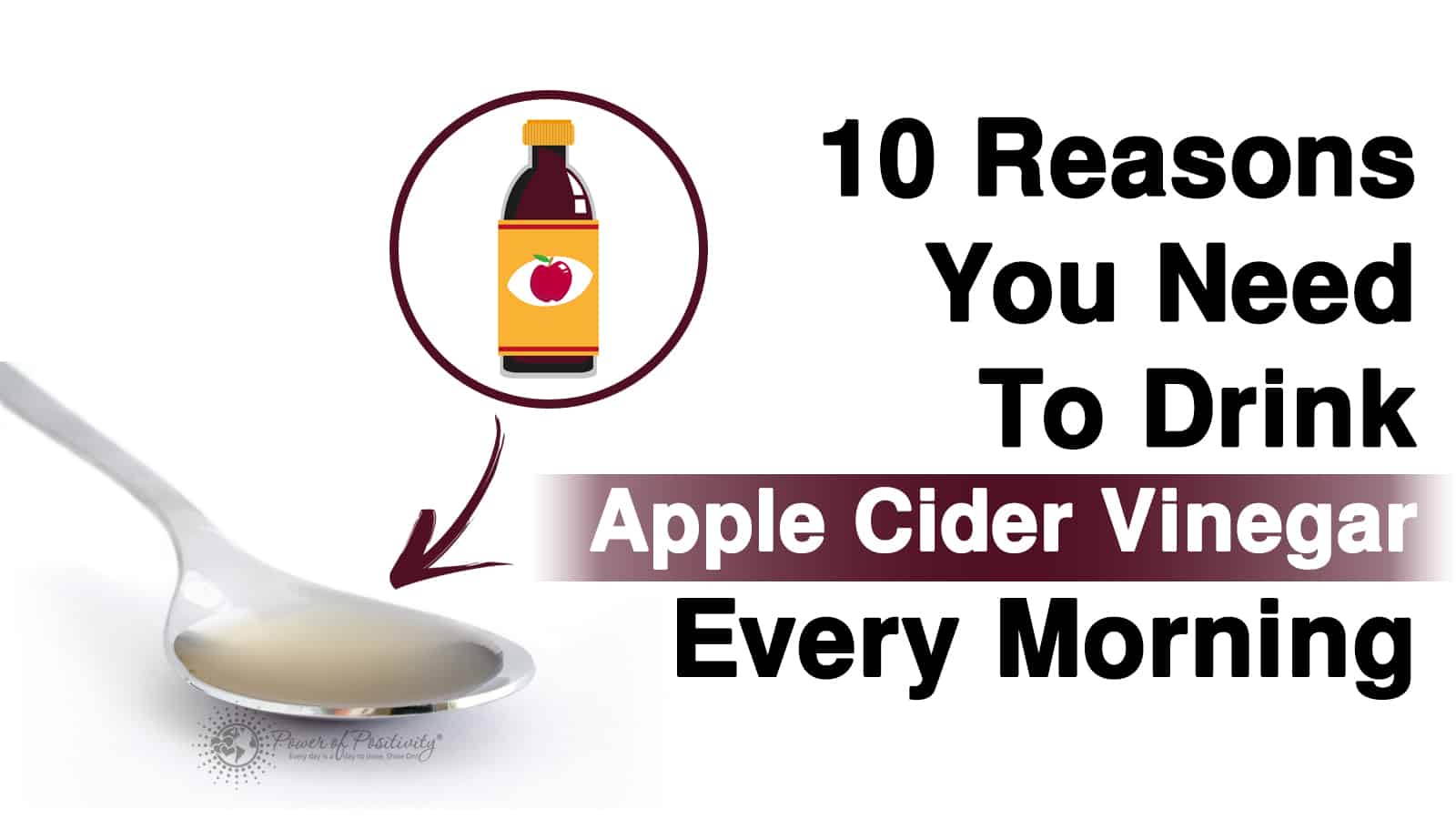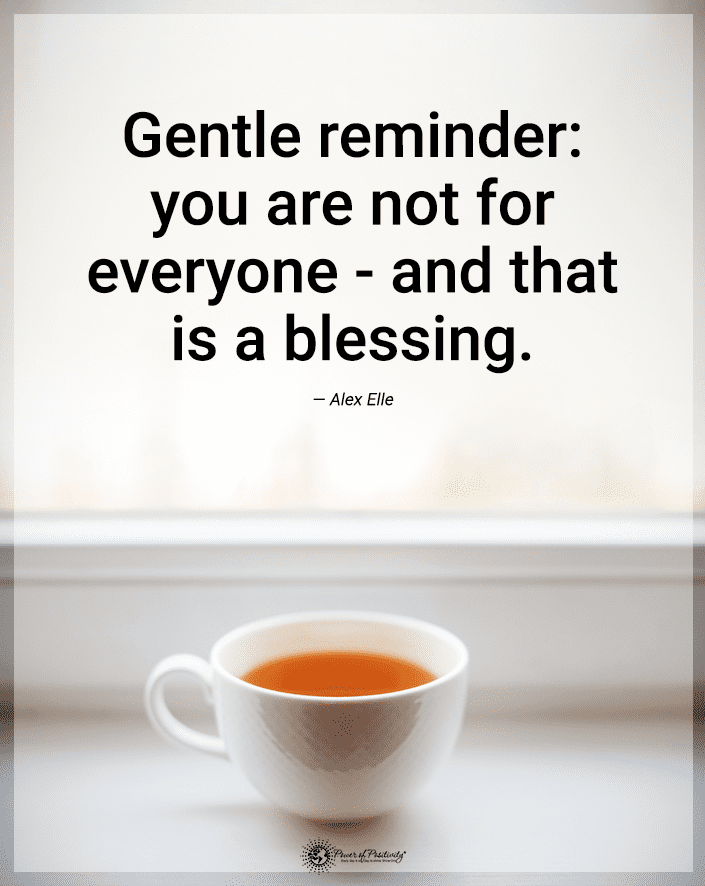Do you eat too fast? There’s a high probability that you consume food at an unhealthily fast rate at least some of the time. How do we know? Because most of us, including yours truly, are starved for time (pun intended).
Ask yourself this simple question: “How many times during the average work week do I finish a meal in less than 10 minutes?”
If your answer is anything more than zero, you may want to consider changing things up seriously.
Because, as it turns out, eating too quickly is very unwholesome. Especially considering what too many Americans (and some other Western countries) consider a ‘meal’ – some fat-filled combo or 99 cent item at the local fast food joint.
In this article, we’re going to discuss what happens to your body when you consume your meals too quickly. In the end, we’ll give you some tips to slow your pace.
Let’s get to it!
Scientists Explain What Happens to Your Body When You Eat Too Quickly
“People who eat slowly are less likely to become obese or develop metabolic syndrome, a cluster of heart disease, diabetes and stroke risk factors.” ~ The American Heart Association
Metabolic Syndrome
At the American Heart Association’s Scientific Sessions 2017 event, researchers from Hiroshima University in Japan delivered the keynote presentation. The topic: the relationship between eating speed and metabolic syndrome.
Metabolic syndrome is an umbrella medical term encompassing the following conditions:
– Increased blood pressure
– High blood sugar
– Excess body fat around the waist
– Abnormal cholesterol or triglyceride levels
Because all of these factors affect heart health, metabolic syndrome increases the risk of heart disease, stroke and diabetes.
The Research
Scientists from Hiroshima University divided 1,083 men and women, the average age of 51.2 years, into one of three groups based on their self-reported eating speed: slow, normal, or fast.
After a five year observation period, researchers reported the percentage of each group who had developed metabolic syndrome:
– Fast eaters: 11.6%
– Normal eaters: 6.5%
– Slow eaters: 2.3%
To put these numbers into perspective:
– Fast eaters have nearly double the risk of developing metabolic syndrome than normal eaters.
– Normal eaters have nearly triple the risk of slow eaters.
“Eating more slowly may be a crucial lifestyle change to help prevent metabolic syndrome,” said Takayuki Yamaji, M.D., study author and cardiologist at Hiroshima University in Japan. “When people eat fast they tend not to feel full and are more likely to overeat. Eating fast causes bigger glucose fluctuation, which can lead to insulin resistance. We also believe our research would apply to a U.S. population.”
Obesity
In a study published in The British Journal of Medicine of 3,287 Japanese adults (1,122 men, 2,165 women) researchers reported the following:
– 571 (50.9%) men and 1265 (58.4%) women self-reported eating until full.
– 45.6% of men and 36.3% of women reported eating quickly.
– The odds of being overweight for eating until full were 200% higher.
– The odds of being overweight for eating quickly was 184% higher.
– The odds of being overweight with both eating behaviors (eating until full and eating quickly) was 313% higher
Higher caloric intake
In a study published in The American Journal of Clinical Nutrition, individuals who ate at a slower pace ingested 12% fewer calories than those who at fast.
Researchers from the study conclude “interventions aimed at improving chewing activity could become a useful tool for combating obesity.”
Chewing more helps to digest your food. Your saliva contains enzymes that loosen the food, which makes it easier to digest.
Slowing down your eating
Here are eight excellent tips for slowing down your eating:
– Sit down to dine in a calm environment with minimal distractions.
– Consume high-fiber foods that take more time to chew, such as fresh fruits and vegetables.
– Put down your utensils between bites.
– Try setting a minimum number of chews per bite. This may feel odd at first, but give it a try.
– Serve your food on smaller plates.
– Use smaller dining utensils.
– If you start rushing to finish your food, put your utensils down and take five deep breaths.
– Set aside time to enjoy your meal – at least 20-30 minutes for each meal, and preferably even longer at dinner.
– Don’t just dine “whenever you get around to it” or treat it as an inconvenience. You’re more likely to speed eat this way.









